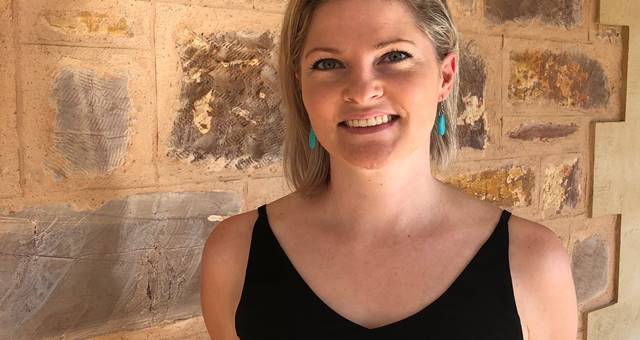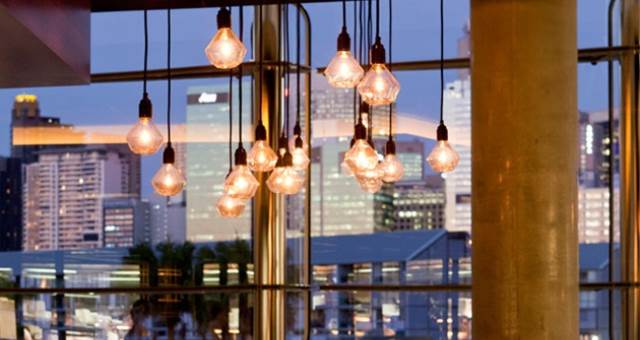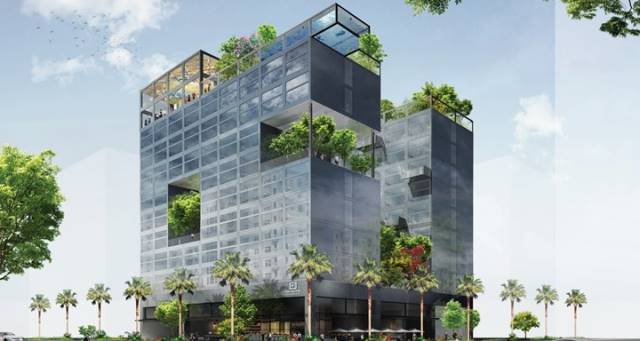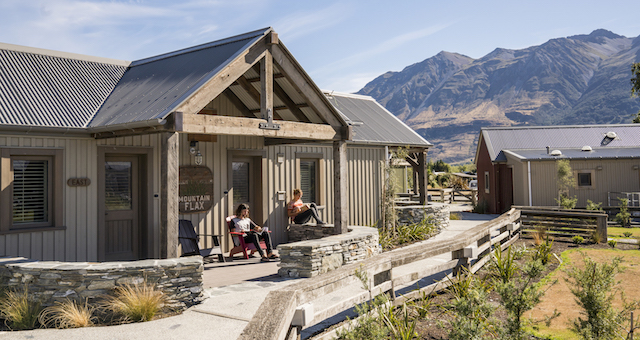
Situated forty minutes from Queenstown is Camp Glenorchy, a guest accommodation and meeting venue designed according to the Living Building Challenge, a set of rigorous building standards achieved only by a handful of other sites in New Zealand.
The net-zero energy campground offers seven multi-bedroom ensuite cabins, two bunkhouses, seven powered RV/campervan sites, gathering spaces for guests in the artist-designed Scheelite Campfire Shelter and Homestead Building with shared kitchen, dining, and relaxing spaces, as well as dedicated conference, retreat and meeting rooms.
Designed and built to operate under the principles of the Living Building Challenge, Camp Glenorchy was deliberately designed with one thought in mind: “What if every single act of design and construction made the world a better place?”
“We offer couples, groups, retreats, weddings, family gatherings and solo travellers an innovative take on New Zealand’s traditional camping experience. Our cabins are purposefully cosy and compact, with the aim of drawing guests into shared social spaces where they can connect with one another and the natural environment,” said Camp Glenorchy’s General Manager, Peter Kerr.
“The spacious Humboldt Room—with views of the Humboldt Mountains as well as the iconic Mount Alfred and the Earnslaw Glacier— has a state-of-the-art AV system, free wi-fi and a configurable layout for a wide variety of uses,” added Peter.
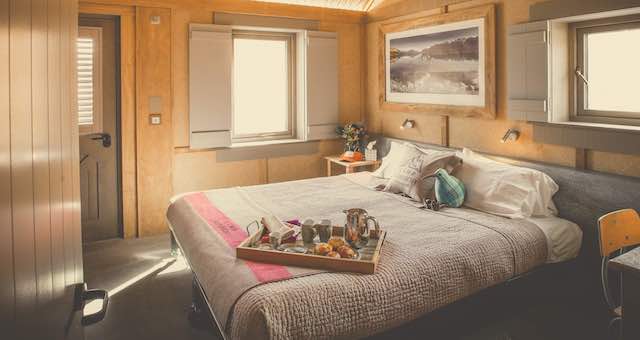
Camp Glenorchy is the vision and collaborative creation of Paul and Debbi Brainerd, philanthropists who have previously established environmentally-sensitive, community-based education projects in North America.
“Camp Glenorchy aims to educate, inspire and delight guests by showcasing some of the most innovative and energy-efficient products in the world,” said Paul Brainerd, Glenorchy Camp’s fiunder.
“One example is our commitment to achieving Net Zero energy use. Our large solar garden, smart lighting, energy- efficient building designs and highly-efficient heat systems reduce energy demand while creating a comfortable and enjoyable experience for our guests.”
Buildings are connected to the guest booking system, allowing rooms to be heated only when needed and the right amount of hot water to be stored for the number of people in each room.
State-of-the-art composting toilets are expected to save about 300,000 litres of water per year, and LED lighting used is so efficient that the lighting load for each three-bedroom cabin is equivalent to a single 200-watt light bulb.
A heating system which uses ground-source heat pumps, deep heat bores and solar thermal collectors means Camp Glenorchy gets almost $4 worth of energy for every $1 spent running it.
Chris Roberts, Tourism Industry Aotearoa Chief Executive, welcomed the addition of Camp Glenorchy to New Zealand’s evolving tourism experience.
“Even before opening, Camp Glenorchy signed up to TIA’s New Zealand Tourism Sustainability Commitment. In many ways, Camp Glenorchy is an exemplar and the commitment to sustainable tourism is something to be celebrated. We know that travellers increasingly seek authentic experiences, and they want to feel good about having them. Camp Glenorchy offers that because it immerses guests in a unique environment, while demonstrating the high regard it holds for its surrounding natural resources,” said Chris.

